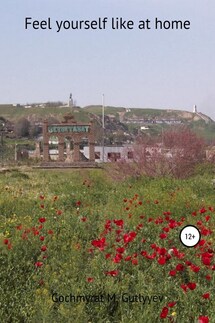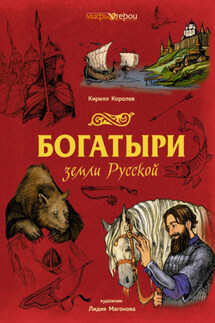Feel yourself like at home - страница 6
Then, I was very lucky, let me repeat and emphasize once again, that simultaneously I was trained for self-educating and for keenness to investigate more aspects of folk traditions and rituals independently via books (if could find such books, though) and through informal chatting with the elders—the bearers of the culture hidden from an outside glance. Also fortunately, I was capable for further analyses of observations heard and seen by me. Step by step, I discovered and gradually revealed hidden details of everyday communications, of the behavior of my countrymen among themselves and toward those who were outsiders to our traditions. And now I would like to invite you, my honorable reader, to follow me in opening some habits and traditions of the Oriental nation that are concealed from common foreign visitors, even if they are eager to learn about the behavior of our people.
What to begin with?
Of course, I had a general understanding and knowledge of few elementary greetings like “Salam”, “Salam aleykum”, “Es-salam aleykum” and, in return, “Aleykum salam”. But what about anything else?
Thus, it looks like a proper time to make a recurrent digression titled “Two in one” here: as indicated above, when I was in school, I have diligently studied the Russian culture and mentality according to the curriculum used throughout the whole former Soviet Union. However, I was little more aware about my people, the Turkmens, and their tribes than a common town boy, and much less than an ordinary rural teenager.
Luckily, thanks to a “wild” profession (my main background is a wildlife biologist), I have spent the most part of my further life in the wilderness, pretty far from the urban civilization. Consequently, I almost always have interacted with the inhabitants of remote areas, from big villages to quite tiny settlements of three to five houses.
I am emphasizing this matter because the local people living in those territories are not yet spoiled by the challenges of urbanization, and still keep rapidly vanishing folk mentalities and inward culture almost untouched. Any person eager to learn the inner world of the Turkmens should go there as well, to look for that particle of the wisdom that comes from the depths of the centuries.
On the other hand, one should take into account that the Turkmens are not a uniform nation, yet. They are divided into big and small tribes and associations. Surely, there are relationships and traditions across these tribes that have enriched each other. But simultaneously, differences in the appearances and traditional behavior are clearly visible to an experienced eye.
Therefore, an observer needs to keep in mind to be more flexible and attentive to any advice given even by knowledgeable carriers of folk traditions, because observations made in a Northern velayats[6] might diverge from the ones made in Southern ones.
For instance, how could I myself, a representative of the Ersary tribe that lives primarily in the Lebap velayt, at the northeast of the country, behave properly living, as I do, at the southernmost point of Turkmenistan, if I did not use creativity in greetings?
Gradually (though slower than I would wish) the large integral picture began to reveal its secrets to a town-bred boy who I was at that period. Simple at a first superficial glance styles of






